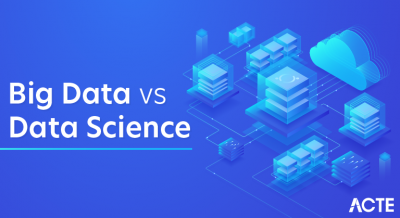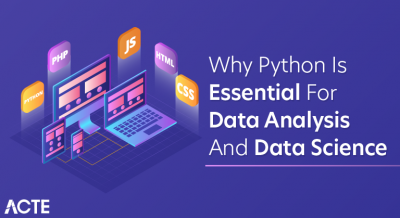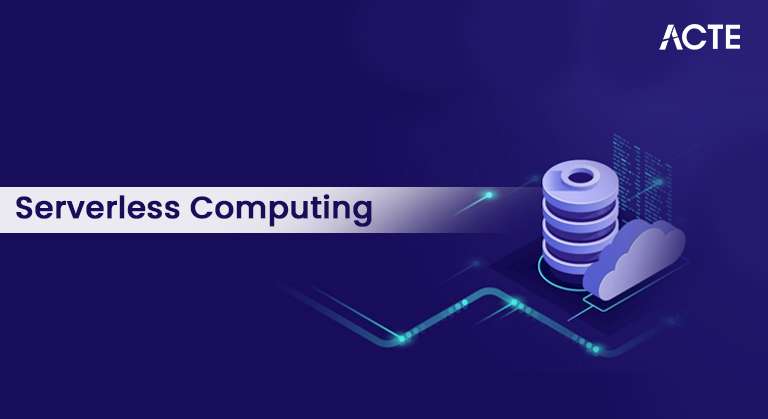
- Introduction to Serverless Computing
- How Serverless Differs from Traditional Cloud Computing
- Benefits of Serverless Architecture
- Key Serverless Services
- Cost Savings with Serverless Computing
- Challenges in Implementing Serverless Architecture
- Future of Serverless Computing
- Conclusion
Introduction to Serverless Computing
Serverless computing is a cloud computing execution model where cloud providers automatically handle the infrastructure required for application deployment. In this model, developers can focus exclusively on writing code, without the need to worry about provisioning, managing, or scaling servers. While the term “serverless” may suggest a lack of servers, it actually refers to the abstraction of server management, which is offloaded to the cloud provider. This approach is particularly popular for applications that need to scale rapidly and efficiently, as well as for microservices and event-driven architectures, topics often covered in a Cloud Computing Course. Serverless computing allows applications to scale automatically based on demand, meaning resources are allocated dynamically as needed, without the need for manual intervention. It offers numerous benefits, including reduced operational overhead, cost-efficiency (since you only pay for what you use), and increased flexibility. The main goal of serverless is to simplify development and deployment, allowing developers to focus on building features rather than managing infrastructure, ultimately improving time-to-market and operational agility.
Eager To Your Cloud Computing Certification, Gain Insights From Leading Cloud Computing Experts And Advance Your Career With ACTE’s Cloud Computing Online Course Today!
How Serverless Differs from Traditional Cloud Computing
- In serverless computing, the cloud provider manages all aspects of the infrastructure, including provisioning, scaling, and maintaining servers, allowing developers to focus solely on writing and deploying code.
- In traditional cloud computing, users are responsible for provisioning, configuring, and managing the underlying infrastructure, such as virtual machines, storage, and network resources.
- Serverless computing automatically scales resources based on demand. The cloud provider dynamically adjusts the computing power required for the application, ensuring optimal resource usage, which can be enhanced by following the Best Practices for AWS Security Groups & VP.
- In traditional cloud computing, scaling is typically manual or predefined, requiring the user to set up rules or processes for adding or removing resources based on load.
- With serverless computing, you pay only for the actual compute time used, with no charges for idle time, making it more cost-efficient for variable workloads.
- In traditional cloud computing, you pay for the allocated resources, such as VMs or storage, regardless of whether they are being used, which can lead to higher costs during periods of low activity.
- In serverless computing, code is deployed in small, discrete units (e.g., functions) that execute in response to events, simplifying the deployment process.
- Serverless computing is ideal for event-driven, microservices-based applications, or those requiring quick scaling, such as IoT or APIs.
- Traditional cloud computing is more suitable for large, monolithic applications or when custom infrastructure management is needed.
- Cost Efficiency: With a serverless model, users only pay for the compute power used during function execution. Keeping servers running when not in use is unnecessary, leading to significant cost savings.
- Simplified Management: Since the cloud provider manages infrastructure, users do not need to worry about configuring servers, maintaining scaling, or patching security vulnerabilities, with activities often tracked and monitored using tools like AWS CloudTrail.
- Scalability: Serverless applications can scale automatically according to traffic and demand, ensuring that resources are allocated only when needed.
- Faster Time-to-Market: Developers can focus on writing business logic without worrying about underlying Infrastructure, accelerating the development and deployment process.
- Flexibility: Serverless computing can support a wide variety of programming languages and frameworks, allowing developers to use the best tools for their specific needs.
- Pay-per-Use: Serverless functions are billed based on the number of requests and execution time, which ensures you only pay for what you use. This is much more cost-effective compared to running a server 24/7.
- No Idle Resources: Since serverless platforms scale automatically, there are no idle resources, meaning no costs are incurred when the application is not in use.
- Reduced Operational Costs: With cloud providers managing the infrastructure, organizations save on costs related to server maintenance, provisioning, patching, and scaling, while also benefiting from centralized data storage and analysis capabilities through solutions like AWS Data Lake.
- Efficient Resource Allocation: Resources are allocated on-demand and scale based on usage, ensuring that the application uses only the resources necessary at any given time.
- Faster Time to Market: Serverless platforms streamline the development process, enabling faster deployment and quicker iteration, which results in faster time to market for applications and features.
- Scalability: Serverless services automatically scale based on demand, allowing applications to handle varying levels of traffic seamlessly without manual intervention.
- Focus on Core Logic: With the infrastructure managed by cloud providers, developers can focus more on writing application logic and building features rather than dealing with server management and scaling.
- Cold Starts: Functions that haven’t been invoked for a while may experience a delay in execution, known as a “cold start.” While this issue is often mitigated with optimizations, it can still be problematic for latency-sensitive applications.
- State Management: Serverless functions are stateless by nature, which means they do not retain data between invocations. This can pose a challenge for applications that require long-term session data or persistence across executions.
- Debugging and Monitoring: Debugging serverless applications can be more challenging because they run in isolated, ephemeral environments. Tracking down errors requires specialized monitoring and logging tools, similar to how Ansible Playbooks Explained help automate and manage configurations for more efficient troubleshooting.
- Vendor Lock-in: Serverless architectures are often tied to specific cloud providers (e.g., AWS Lambda, Azure Functions). This can lead to vendor lock-in if you rely heavily on proprietary services and functions.
- Complexity in Scaling: While serverless functions scale automatically, large-scale, complex applications can make monitoring and optimizing performance difficult due to the sheer number of functions and events involved.
- Limited Control over Infrastructure: Since the cloud provider manages the underlying infrastructure, developers have limited control over the environment, which can be a challenge for applications requiring custom configurations or specific infrastructure settings.
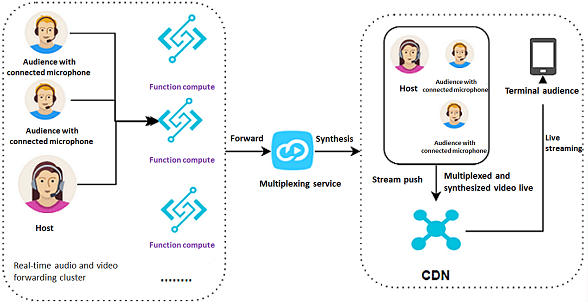
Benefits of Serverless Architecture
Serverless architecture offers several benefits, making it attractive for modern cloud applications:
Interested in Obtaining Your Cloud Computing Certificate? View The Cloud Computing Online Course Offered By ACTE Right Now!
Key Serverless Services
Some of the most widely used serverless services in cloud platforms include AWS Lambda, Azure Functions, Google Cloud Functions, IBM Cloud Functions, and Oracle Cloud Functions. AWS Lambda enables you to run code in response to various events such as HTTP requests, database changes, or file uploads. It automatically scales resources based on incoming workload and supports multiple programming languages, including Node.js, Python, Java, and Go. Azure Functions offers similar functionality, allowing developers to write serverless functions that respond to events, concepts often explored in a Cloud Computing Course. It integrates seamlessly with other Azure services and supports languages like C#, Java, and Python. Google Cloud Functions is Google Cloud’s serverless platform, allowing developers to build event-driven applications without worrying about server infrastructure. It supports languages like Node.js, Python, Go, and more.
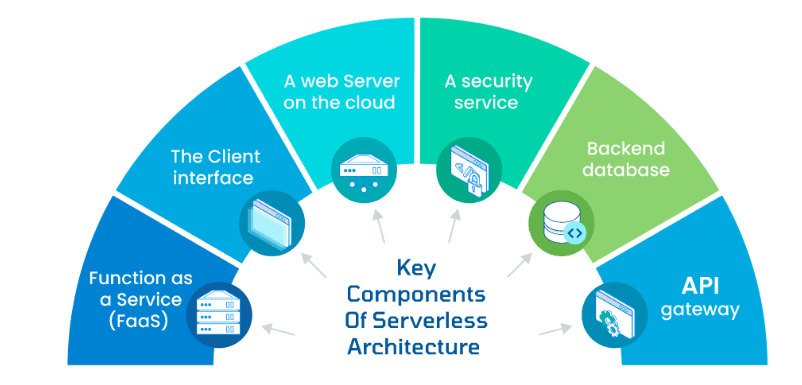
IBM Cloud Functions, based on Apache OpenWhisk, offers an open-source serverless platform that supports multiple languages and integrates well with IBM Cloud services. Finally, Oracle Cloud Functions, based on the Fn Project, allows developers to run code in response to events and integrates with Oracle Cloud services. These services enable developers to build scalable serverless applications with minimal manual intervention.
Cost Savings with Serverless Computing
Serverless computing can lead to significant cost savings for businesses, especially for applications with unpredictable or varying workloads. Here’s how:
Gain Your Master’s Certification in Cloud Computing by Enrolling in Our Cloud Computing Masters Course.
Challenges in Implementing Serverless Architecture
Future of Serverless Computing
The future of serverless computing looks promising, with several advancements expected to shape its evolution. One of the key areas of improvement is performance, as vendors continue to work on reducing cold start latency, ensuring that serverless functions perform with minimal delay, even for latency-sensitive applications. Alongside performance, more tools and integrations will emerge, providing developers with better capabilities for monitoring, debugging, and optimizing serverless applications, making them easier to manage at scale. Additionally, hybrid models will become more prevalent, allowing businesses to combine serverless and traditional server-based architectures to suit different use cases, offering greater flexibility in managing workloads, with storage solutions like AWS Elastic File System Pricing & Features providing scalable and cost-effective options. This hybrid approach will be particularly useful for organizations that need to balance the benefits of serverless computing with the control offered by traditional cloud infrastructures. Finally, wider adoption of serverless computing is expected, especially among enterprises that require rapid scaling and cost-effective management of workloads. As more organizations recognize the benefits of serverless, it will continue to gain traction, further transforming the way applications are built and deployed.
Go Through These Cloud Computing Interview Questions & Answer to Excel in Your Upcoming Interview.
Conclusion
In conclusion, serverless computing marks a transformative shift in how applications are developed and deployed in the cloud. By removing the need for server management, it allows developers to focus solely on writing code, increasing productivity and reducing operational complexities. With features like automatic scaling, cost-efficiency, and seamless integration with other cloud services, serverless architectures offer an agile environment for businesses to innovate quickly and efficiently. However, serverless may not be the best choice for all applications, particularly those with complex or long-running processes, a key consideration discussed in a Cloud Computing Course. As the technology evolves, serverless platforms will continue to improve, becoming more powerful and accessible. Embracing serverless computing enables organizations to stay competitive, improve time-to-market, and reduce infrastructure management overhead. This makes serverless an ideal solution for modern, scalable applications in the cloud, empowering businesses to innovate without being burdened by the complexities of traditional server management.

